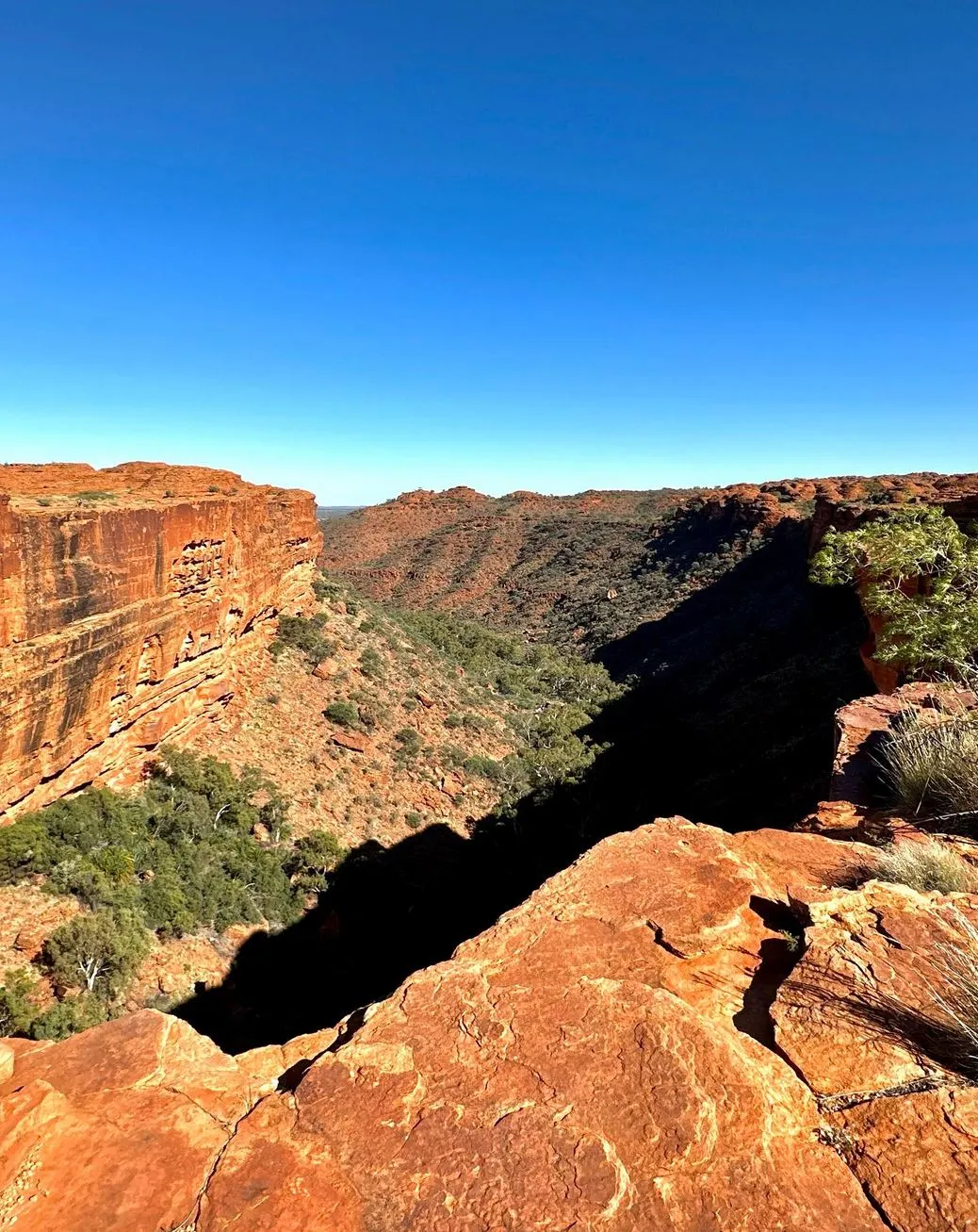Watarrka National Park in the Northern Territory’s outback is a treasure of the Australian desert. This dramatic landscape has ancient sandstone walls, weird rock formations and loads of native plants and animals. It’s not just a haven for the animals, plants and reptiles but also a special place for the Aṉangu people, the traditional owners. Visitors come here for the views and to experience a living ecosystem in one of Australia’s most famous landscapes.
Sacred sites, rugged ranges, native wildlife and cultural experiences make Kings Canyon tours the perfect destination trip for nature and wildlife lovers. Whether you’re exploring canyon walls, walking tracks or camping under the stars, this is an adventure you’ll never forget.
A Living Museum of Native Wildlife and Plants
1. Mammals: Desert Wonders
The arid landscapes of the park are home to many native animals many of which are adapted to the harsh conditions of the Australian outback. These wild animals can be seen around rocky outcrops and shallow depressions particularly in the cooler months.
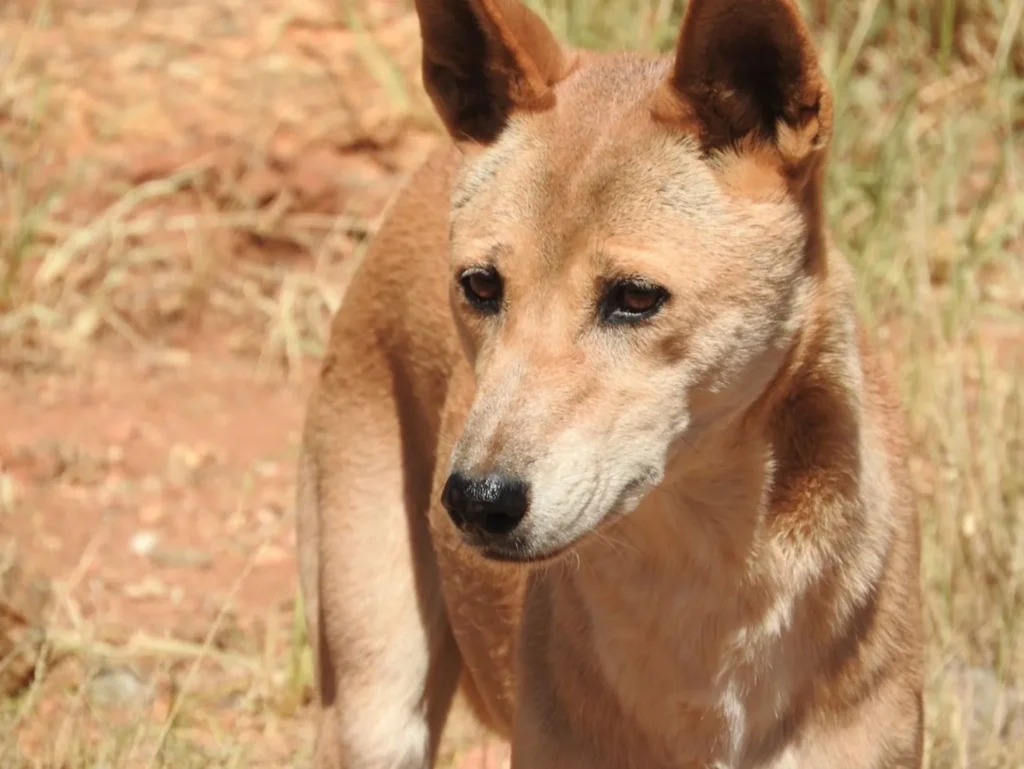
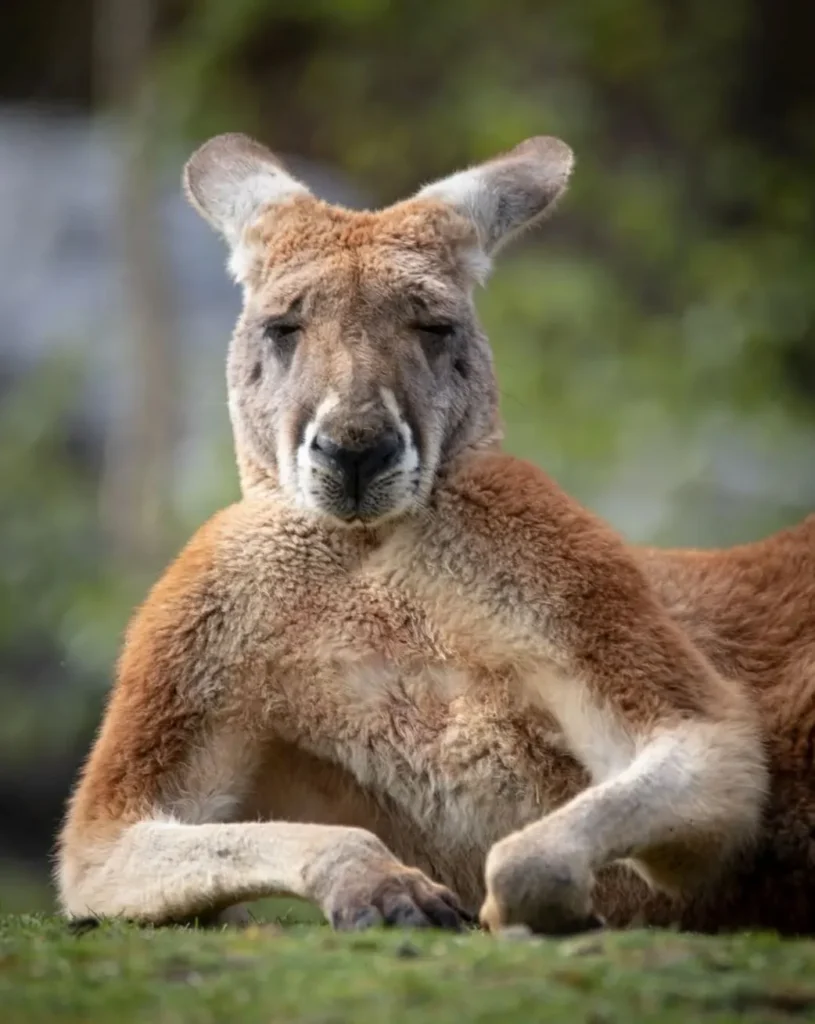
- Red Kangaroos: These Aussie icons are often seen grazing around rocky outcrops. With their strong legs and water storage abilities they are well adapted to this desert landscape.
- Dingoes: These wild dogs are often seen near unsealed roads and camping areas. While they are part of Australia’s native wildlife, they should be kept at a safe distance.
- Euro Wallabies: Also known as rock wallabies, these agile creatures live along steep climbs and canyon walls. They are amazing at navigating rocky outcrops.
- Common Brushtail Possums: Night-time visitors during camping trips. They love woodlands.
2. Birds: A Birdsong Bonanza
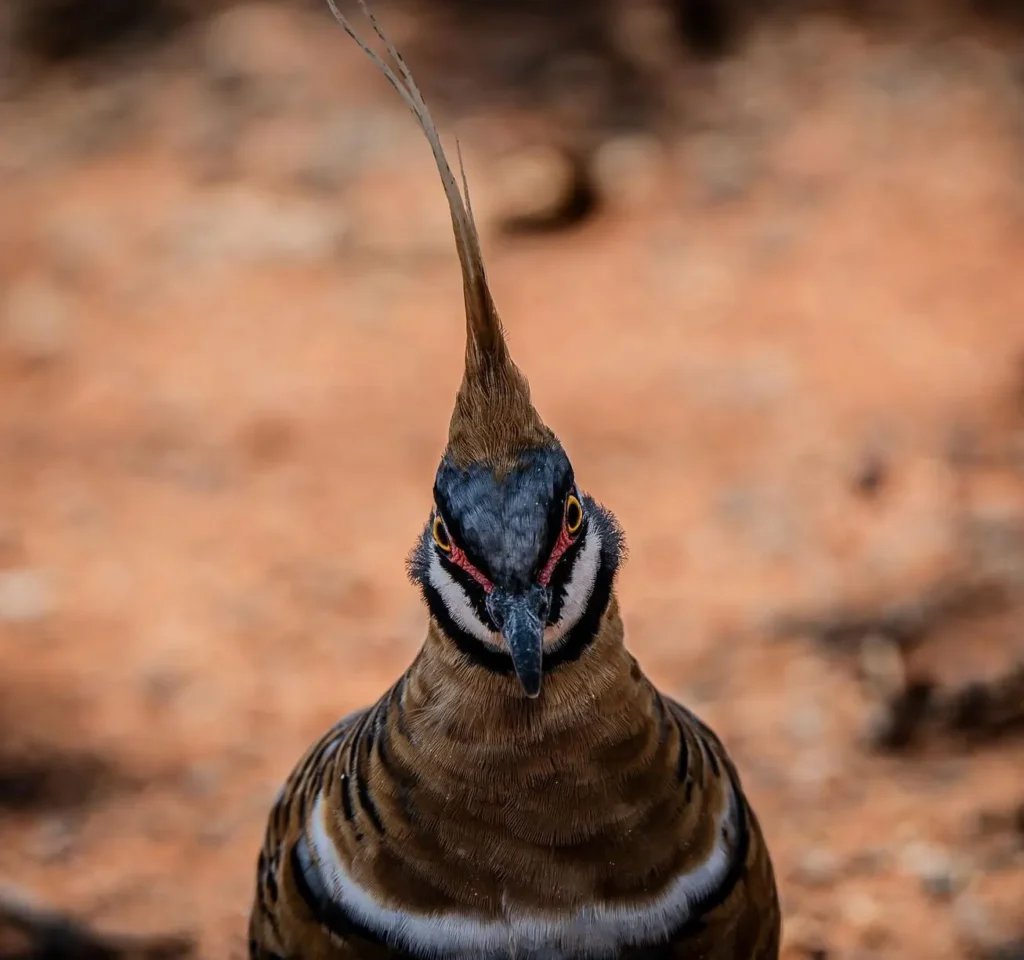
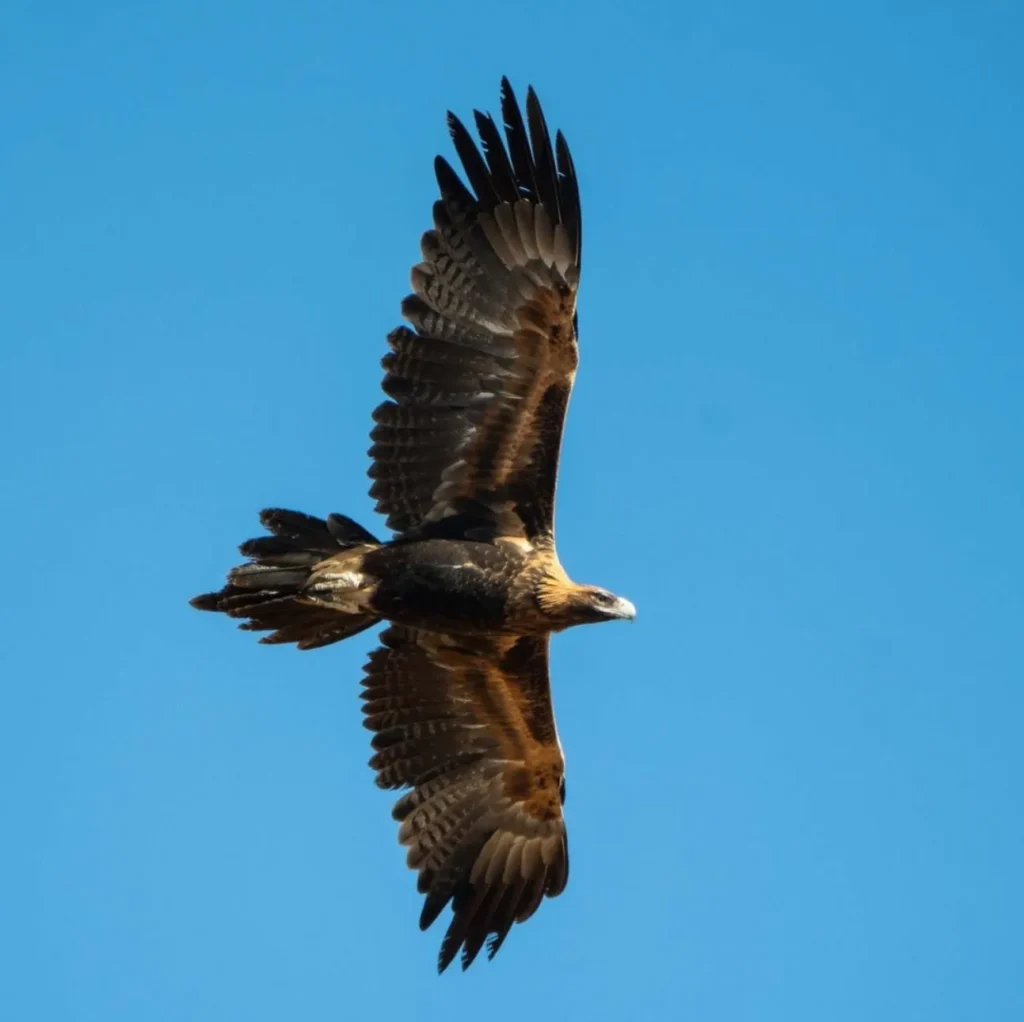
Kings Canyon is famous for its birdlife. From the big to the small, these birds are a treat for beginners and experts alike.
- Wedge-tailed Eagles: The largest bird of prey in Australia, often flying high above the canyon walls, with great views.
- Spinifex Pigeons: These little cuties with crests scuttle around arid areas near waterholes and shallow depressions.
- Zebra Finches: Their chirping is music to your ears, especially near ferns and water spots.
- Crested Bellbirds: You’ll hear them before you see them.
- Young Birds: Baby birds learning to fly and forage are a joy to watch, especially during the cooler months.
For birders, guided tours like SIGHTSEEING TOURS AUSTRALIA can add to the experience by giving you expert knowledge on the park’s birdlife.
3. Reptiles: The Chameleons of the Desert
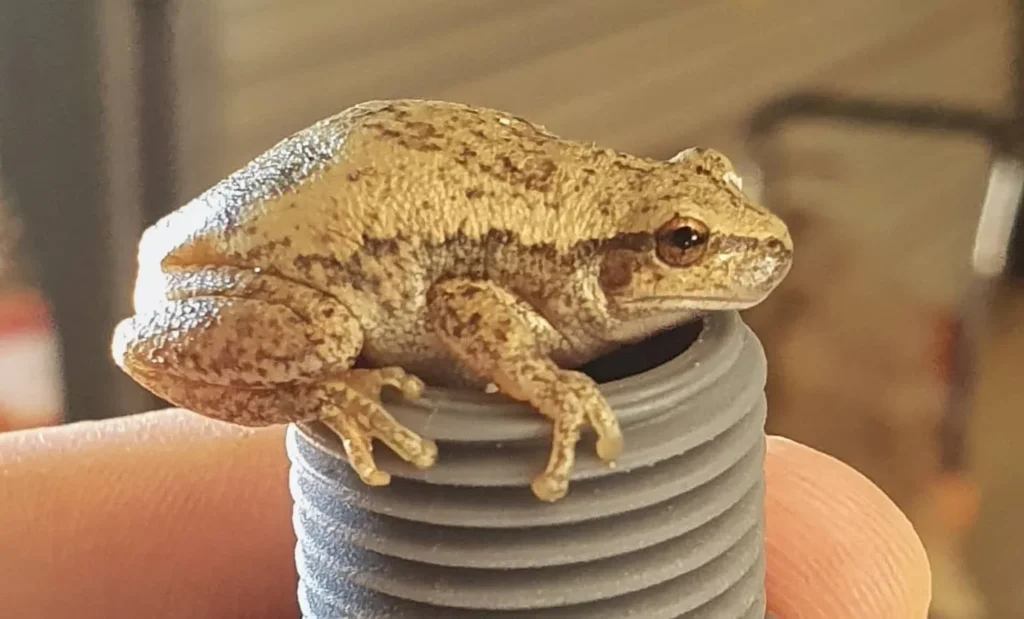
The arid landscapes of Kings Canyon are home to many reptiles, some of which are real chameleons.
- Bearded Dragons: Basking on ancient sandstone walls, these are a visitor favourite.
- Centralian Blue-tongue Lizards: With their bright blue tongues, they are found in the western desert sandplains and rough country.
- Sand Goannas: Big, powerful reptiles often digging in the sand or climbing trees. It’s a classic of the arid zone.
- Western Brown Snakes: Venomous but shy, they will retreat when approached. Always be careful.
4. Frogs and Aquatic Life
While less common, some amphibians can be found in the park’s waterholes during wet times.
- Desert Tree Frogs: Frogs come out after rain, their calls in the natural habitats.
- Tadpole Shrimp: These little creatures appear in temporary water pools, proof of nature’s ingenuity.
A Plant Garden in the Desert
Kings Canyon is not just about the wildlife; it’s also a living plant museum. The variety of plants here is incredible, from desert shrubs to ferns in shaded areas.
- Desert Oaks: These trees are important to the Aṉangu people. They provide shade and food for native animals and are part of the ecosystem.
- Ghost Gums: Their white bark is stunning against the desert backdrop.
- Spinifex Grass: A feature of the western desert sandplains, this grass helps hold the soil together and provides shelter for small animals.
Walking tracks like the Rim Walk allow you to see this plant life while taking in 360-degree views of the park’s ranges.
Cultural Significance and Conservation
The Aṉangu people consider Kings Canyon a sacred place. Aboriginal art sites throughout the park tell stories about the land, animals, and history. Guided cultural tours, run by Parks Australia and park rangers, will give you a deeper understanding of these sacred sites and the traditional lands they cover.
Exploration and Activities
There’s plenty to explore at Kings Canyon:
- Walking Tracks: From easy strolls through gorges to steep climbs with views of ancient sandstone walls and strange rock formations.
- Camping in Tents: Overnight camping gets you into the heart of the park and wildlife often comes to the campgrounds.
- Guided Tours: Explore the park’s rough terrain, cultural heritage and native wildlife with expert guides.
Visitor Tips
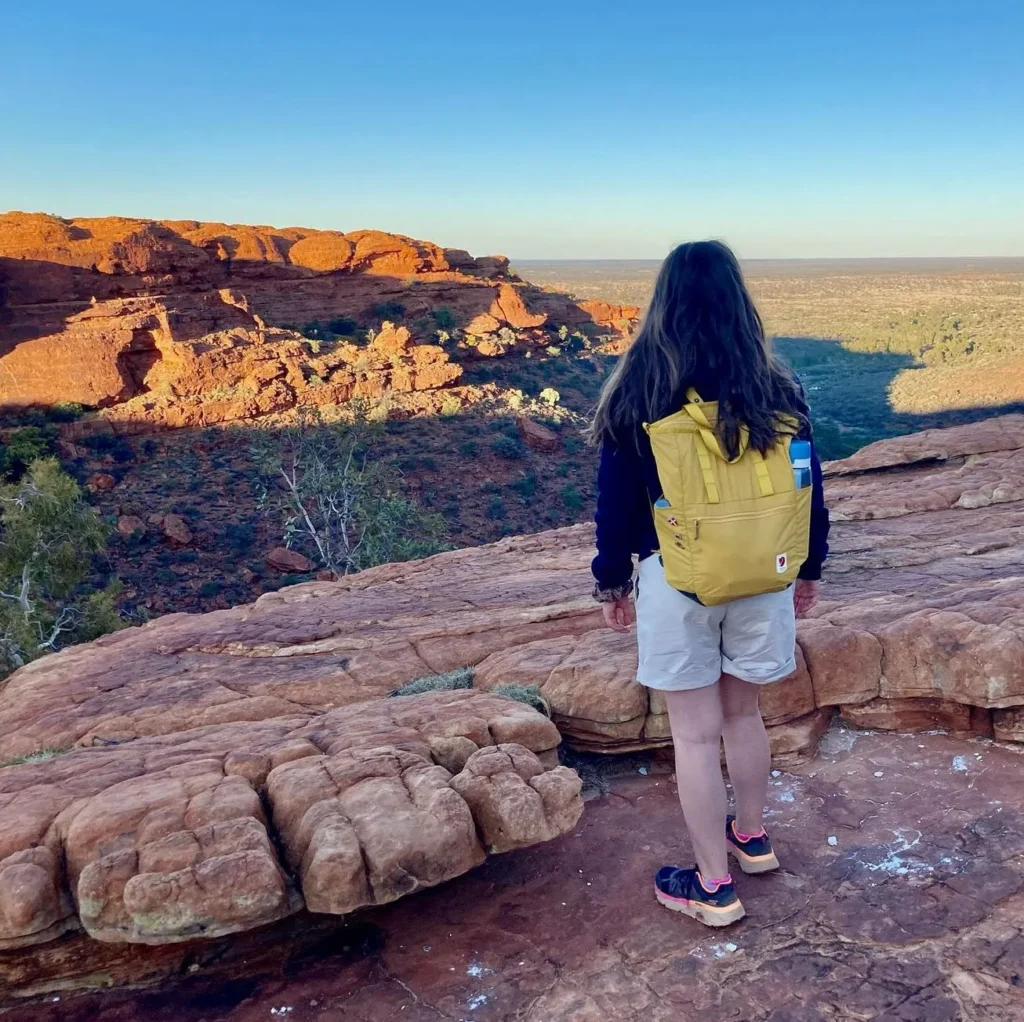
- Book Ahead: Use a booking service to book your accommodation and tours.
- Best Time to Visit: Cooler months (May to September) are more comfortable and better for spotting wildlife.
- Stay Safe: Stay on marked tracks and follow park rules.
Kings Canyon National Park is a haven for biodiversity, cultural significance and natural wonder. Whether you’re birdwatching, walking the ranges or learning about the sacred lands of the Aṉangu people, there’s something for everyone. From canyon walls to wildlife encounters, Kings Canyon is a place to be cherished by future generations.
FAQ
What animals can I see at Watarrka National Park?
Red kangaroos, dingoes, euro wallabies and many bird and reptile species.
Are there cultural tours in the park?
Yes, guided tours of the park’s Aboriginal art sites, sacred sites and the Aṉangu culture.
What’s the best time to see wildlife at Kings Canyon?
May to September for spotting wildlife and comfortable walking.
Can I camp in Kings Canyon?
Yes, camping in tents is allowed and gets you into the heart of the park and wildlife.
Are there reptiles?
Bearded dragons, sand goannas and blue-tongue lizards.
